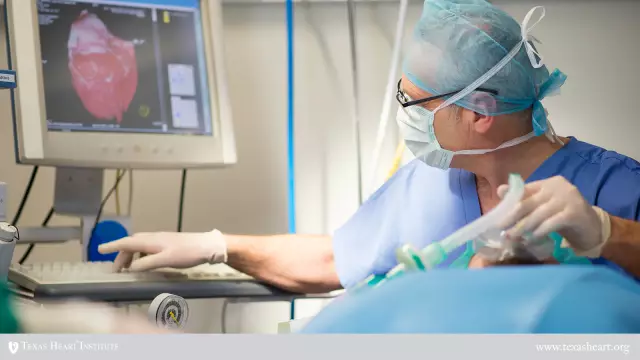- Author Rachel Wainwright [email protected].
- Public 2023-12-15 07:39.
- Last modified 2025-11-02 20:14.
Manualist
The doctor-manualist is engaged in diagnosing and treating diseases of the spine. At the same time, the manualist, along with problems of the back and limbs, very often cures other serious internal diseases.

Do not confuse manual therapy, not so long ago recognized by official medicine, with massage. The diagnostic techniques and work of masseurs and manualists are similar, but if the former work with soft tissues, then the latter - with joints and bones.
How does a manualist work
There are several misconceptions associated with the work of manual doctors. For some reason, it is believed that their work involves inflicting pain on the patient. But this is not at all the case when it comes to a professional, a doctor with extensive practice and a huge store of knowledge.
The technique of manual therapy involves the use of a variety of work techniques: pressing, twisting, stretching, bending and extending, shaking, hitting and pressing. But all these manipulations can cause severe pain only with inept handling of the patient's spine and joints. Usually, even those pains that bothered a person before contacting a manualist disappear after several sessions.
It is quite normal to have dizziness, drowsiness, or mild agitation after the work of a manual doctor. This may alert someone, but these symptoms are caused by the fact that the back, neck, limbs are stretched, and, as a result, blood supply and nutrition to the brain improve.
Another misconception is associated with the fact that it seems quite sufficient for many to attend only the very first few sessions that relieve pain. But even the standard six or seven manual therapy sessions may not be enough to solve the problem. Very often, the manualist collects a complete anamnesis, and prescribes additional medications, courses of physiotherapy procedures and massage to his patient, and develops individual exercises.
If problems with bones or joints have already appeared, it is important not to forget to periodically consult a manualist, otherwise the disease will not pass, and with age it will also worsen. It is believed that no more than 15 sessions can be performed per year, that is, these are only two courses of therapy. In this case, a break of at least 2.5 months must be taken. These are general recommendations; the manualist develops an individual schedule for each person.
As already mentioned, a standard course of manual therapy lasts about 6-7 sessions. To some, this seems insufficient, but working with the spine requires a careful attitude towards it: aggressive impact on the vertebrae can lead to their stretching. Therefore, if you are offered to go through 15 or more sessions at once, this should alert you. It is better to refuse the services of such a manual doctor.
When to contact a manualist
Doctors who practice manual therapy are consulted if they are concerned about pain in the arms, legs and spine, if diagnoses of "scoliosis" or "kyphosis" are made, or other diagnoses associated with congenital or acquired deformity of the spine.
Those who have suffered head or spine injuries also turn to manualists - specialists are quite successful in coping with their consequences.
How to become manualists
It will be useful to know about this both for those who are interested in studying this area of medicine, and for those who are looking for a good specialist for themselves or their loved ones.
So, a manualist doctor is someone who at one time received a higher medical education and the appropriate qualifications, which is confirmed by a certificate. No courses can replace the manualist of higher education - this specialist must have a deep knowledge of the functionality of human internal organs and their relationship.
The institution in which the manualist works or he himself, if he conducts private practice, must have a state license to conduct such activities.
Found a mistake in the text? Select it and press Ctrl + Enter.






